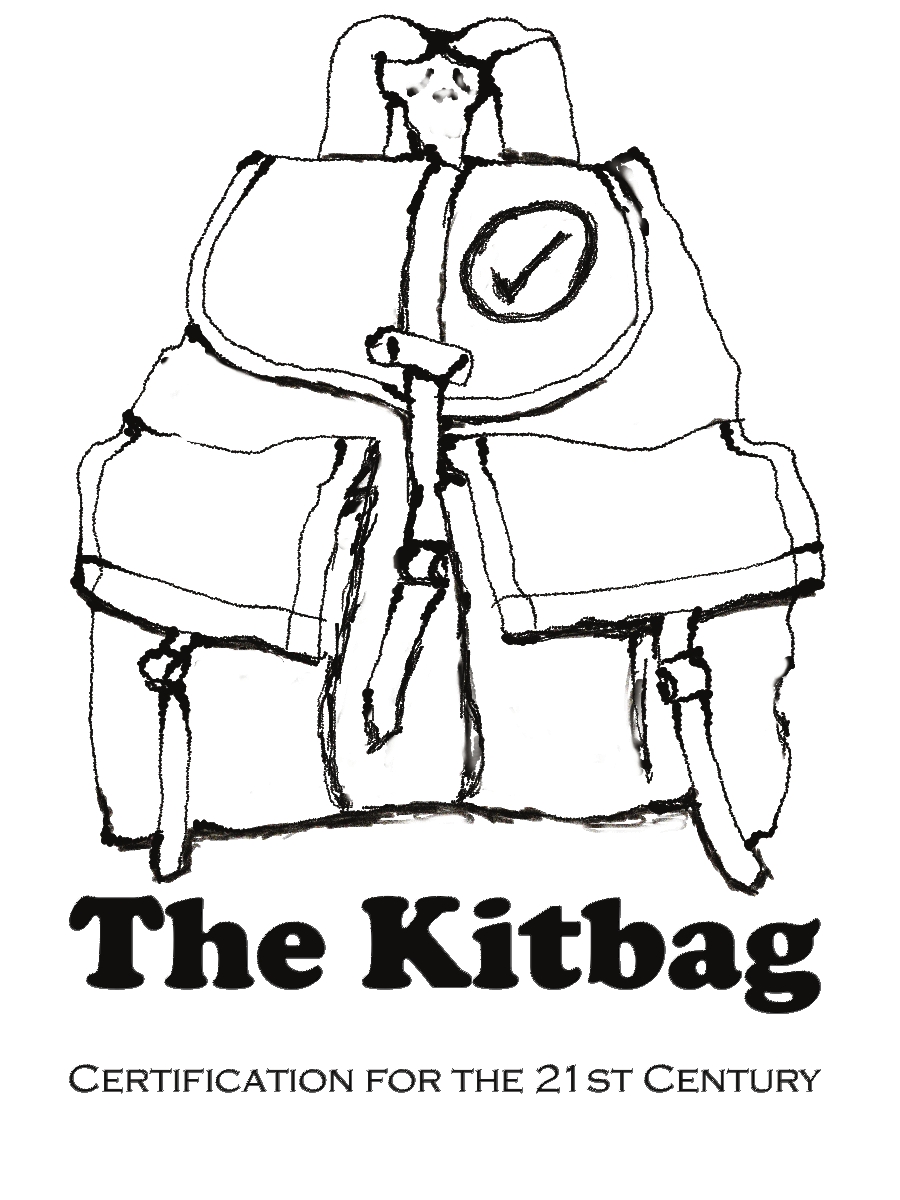From the moment your scheme is up and running you will be under pressure to be more efficient.
This pressure will take many forms. Mostly, this pressure will be from folks that will want you to take a range of steps to reduce the cost of being certified.
- Some folks will want you to be more targeted in your audits. That is audit the important stuff and stop checking the stuff that they feel does not matter.
- Some folks will want you to conduct fewer audits by reducing the number of surveillance audits.
- Some folks will want you to trust their own internal audits or the audits of other folks as proof of compliance.
In addition to this list you will hear a thousand other ideas for increasing the efficiency of your scheme.
While you are being pressured to become more efficient you will also be pressured to be more rigorous. These voices will call for:
- More frequent and more rigorous audits.
- Stronger sanctions for those found to not be in compliance.
- Public shaming of weak performers.
- Rapidly increasing levels of performance for certificate holders.
Please note that no matter how many of these steps you take both groups will want more. For a number of companies, the best cost is zero. For a number of stakeholders the only assurance level that is acceptable is infinite.
The frustrating part of these two pressures is that both of these groups have a point. In truth, efficiency and rigor are not always at odds.
The central question is how to deliver the greatest assurance at the lowest price. This can be done by first of all working to figure out what your certification means. Are you clear about the market signal that your certification carries. Are you sure about the level of assurance that you need to clearly and confidently assure users that your scheme is doing what you promised you would do?
To address the challenges you could consider the following:
- Do your certificate holders and other stakeholders understand what you are tying to do? Is the level of assurance that you are providing what they want and need?
- Are you asking for too much in an audit? Are you just piling on more and more requirements in the belief that it will make your scheme more rigorous?
- Have you carefully studied your scheme to find out if the requirements are really related to the assurance you are providing?
- Are you scaling back on requirements in the hope of lowering costs and growing your market share?
- Are there redundant requirements in your scheme? That is, do you require auditors to check multiple times for the same thing; or do you check for several requirements that are all found to either be in conformity or non-conformity 99% of the time?
- Are you managing your scheme to grow your market share without considering advancements in science or other research that means you should make changes in your requirements?
- Are you sensitive to the cost of your scheme for users?
- Are you exploring ways to use technology to improve confidence in your certification while reducing costs?
The real challenge in all this is that your scheme will never be static. It will always be under review and you should be constantly looking in every corner to find ways to reduce costs as well as enhance confidence in your scheme.
Most of the changes you will make will be incremental, that is the change in cost or confidence will be minimal. But taken together you will be able to offer constant improvements to the demands of both groups.
Certification schemes live and die in the market. That means both the supply and demand side. To survive and grow you will need to constantly make your scheme more cost efficient and offer higher and higher levels of assurance.
Most significantly, if you are constantly working to improve all aspects of your scheme you will be around for a long time.
None of it is easy, but for us certification geeks it sure is interesting.
